I visited Mottisfont Abbey in Hampshire at the end of July. The house iteself is set up as a period home with furnishings mainly from the early 20th century, but it was actually the monastary that was built in 1200. However, the current building is only about a third of the original size. The monastary was the Augustinian order and was called "The Priory of the Holy Trinity".
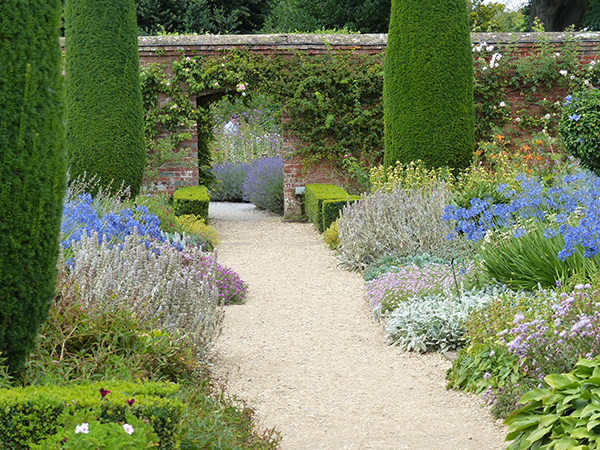
After the monastaries were dissolved, it was turned into a residence and then bought by the Russell family in the 1930s. I explored the house, garden/grounds, and checked out the gallery, which was exhibiting "The Beano" comics at the time of my visit.
As mentioned, the house is only a third of the size of what it was when it was a monastary. In the image below, the building extended into the foreground by 2/3rds.
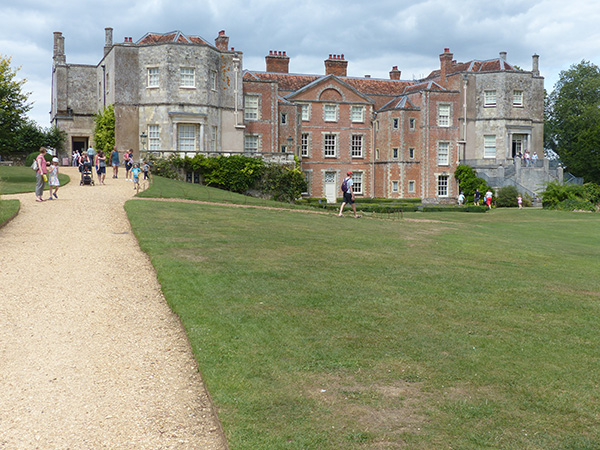
The Russell family enjoyed artwork, so some fine pieces are shown throughout the house.
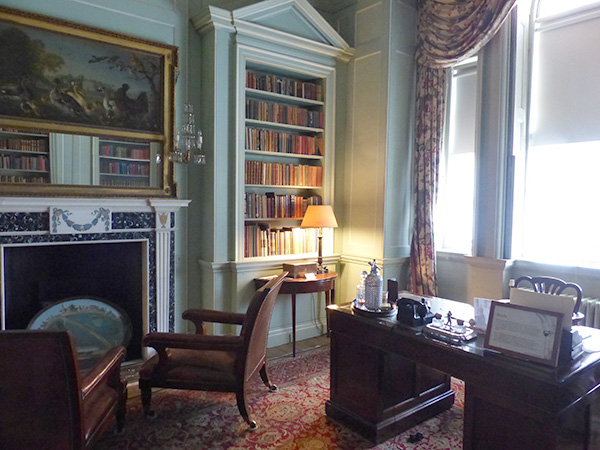
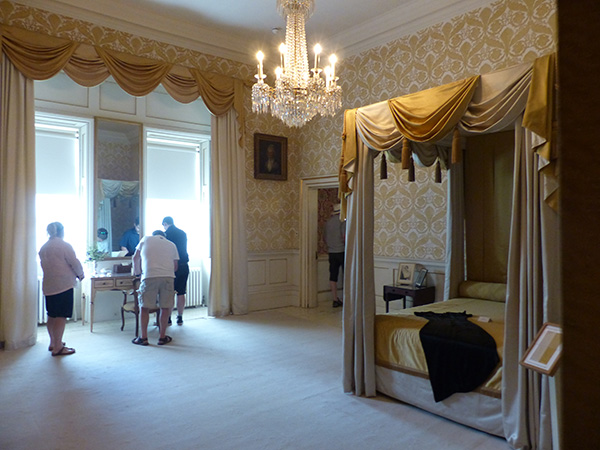
Only very few pieces remain of that original building, and a corner of the room (Red Bedroom) was left exposed to show some carving. A religious mosaic has been inset into this room to pay tribute to its past.


This was my favourite room, the Morning Room; it is a very bright room with a library. It faces the front of the building, and the owners would relax here with some of their friends, which included artists and writers famous in the day.
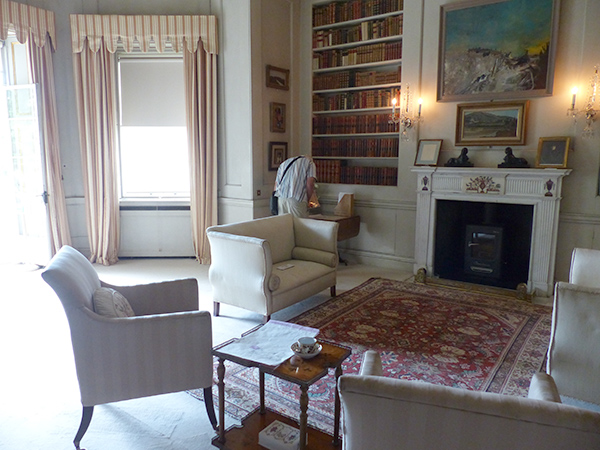
This is the view from the doors in the Morning Room.
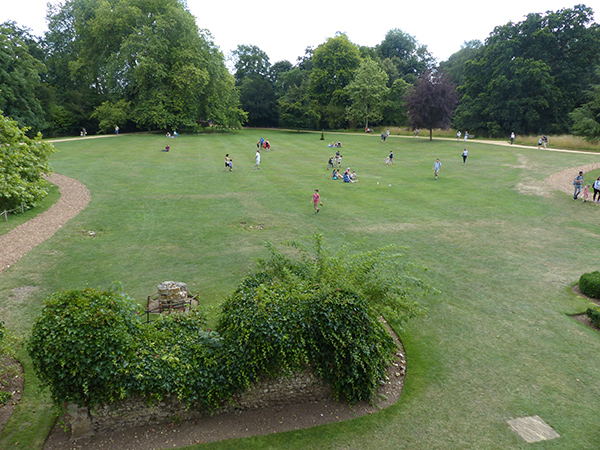
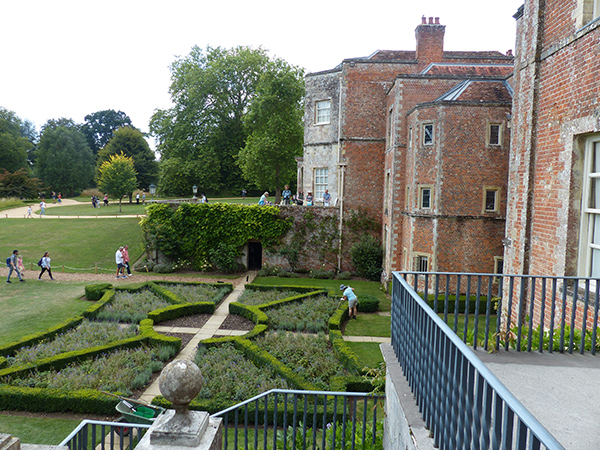
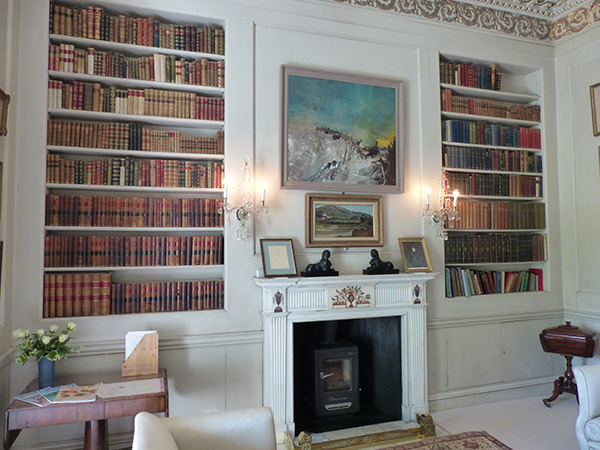
Up the stairs near here is the gallery, which was used to showcase artwork that the Russell family enjoyed. Today, the gallery hosts several major exhibitions each year. When I visited, it was exhibiting "The Beano" comics, which is the longest-running comic of all time.
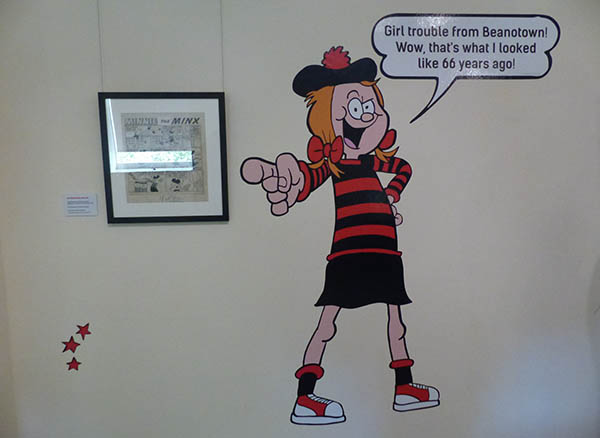
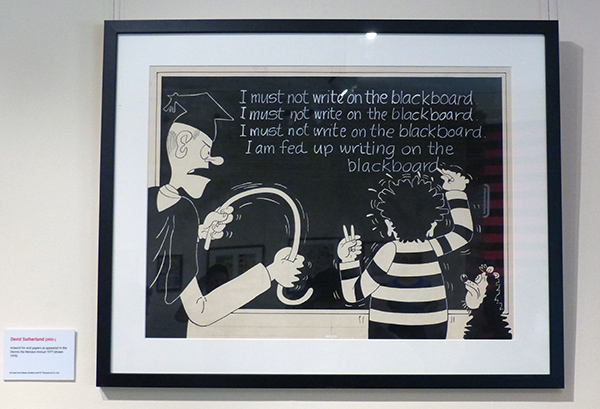
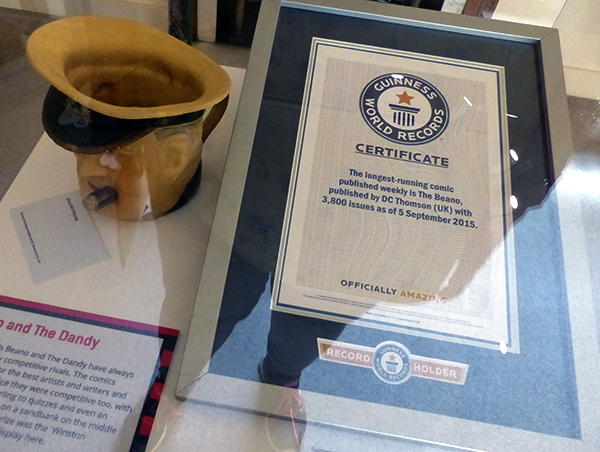
The main living room, or Whistler Room, is currently under preservation. The owners commissioned artist Whistler to create a realistic (trompe l'oeil) painting over the walls to make the room appear medieval and three-dimensional.

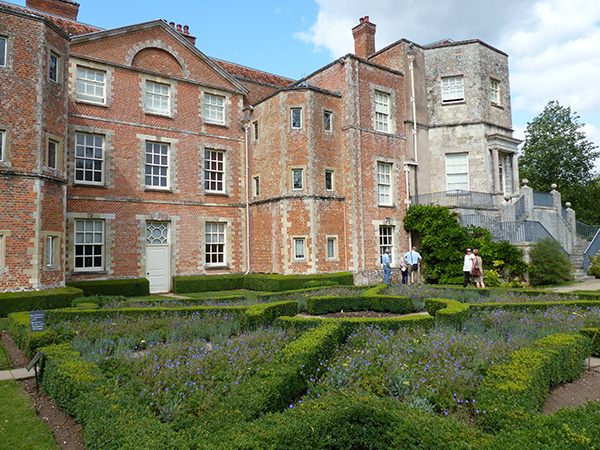
Outside the house, visitors can visit the cellar. One of the cafes is also located here. This area was the undercroft of the original priory building. It functioned as a cellar and office for the person responsible for the goods used here. A couple of the rooms running off of here showcase some examples of mosaic floor and pottery/glass shards and other findings. In one of those rooms, nine skeletons were uncovered.
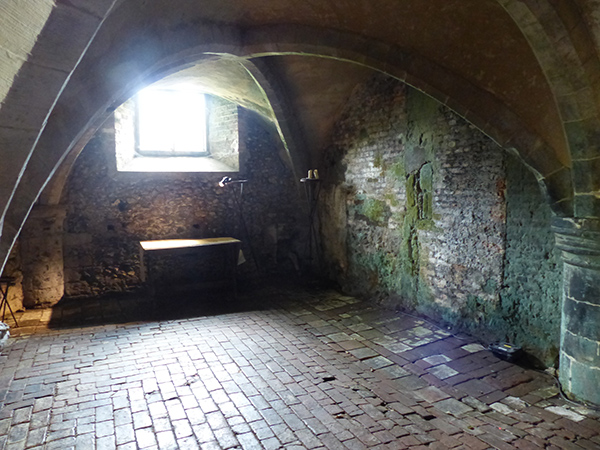
The part I enjoyed most about Mottisfont was actually the gardens, which are beautiful. About twenty years after the National Trust was given the property, old rose bushes were brought to the rose garden here and planted. I just missed the roses as they bloom in mid-late June, but when I visited, the garden was beautiful and smelled of lavender.
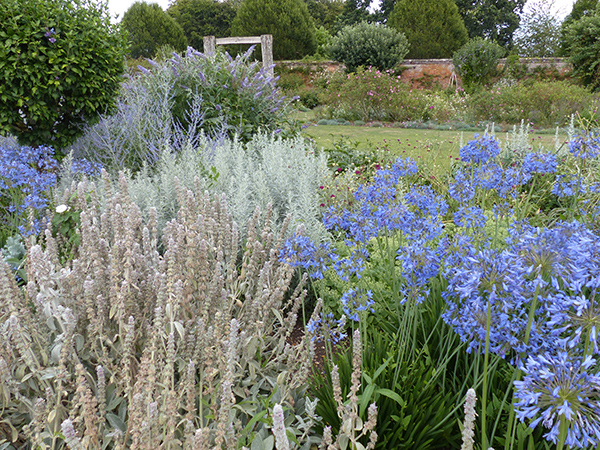
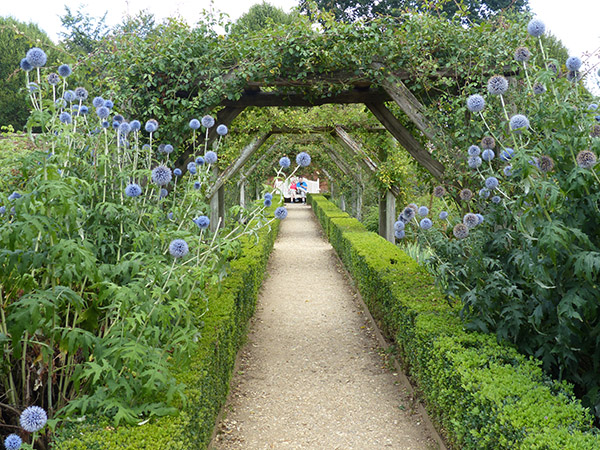
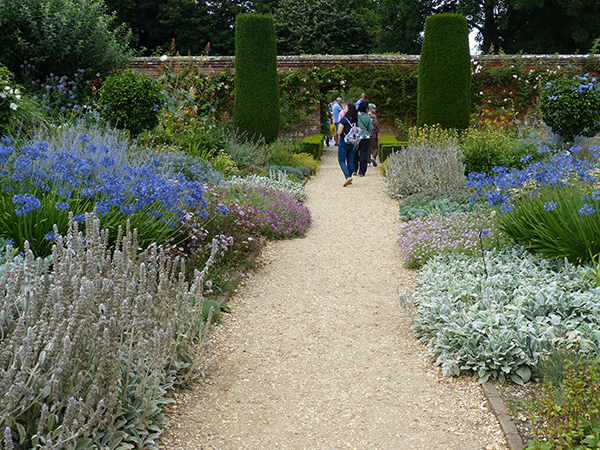

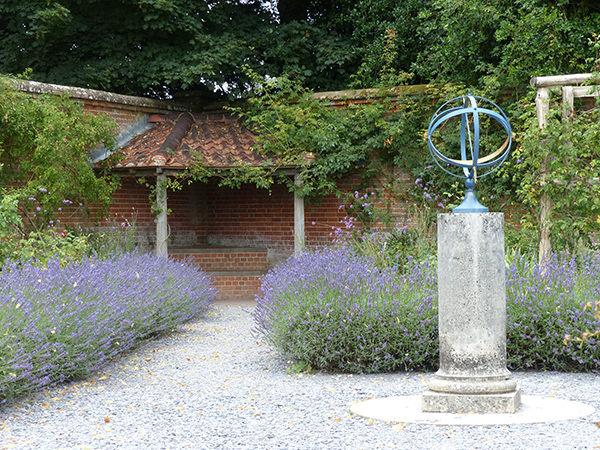
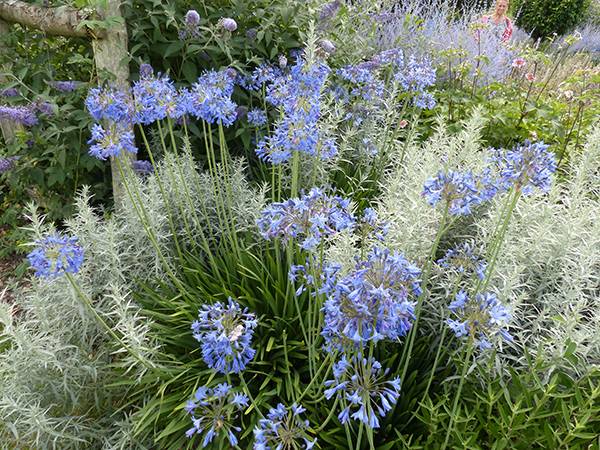
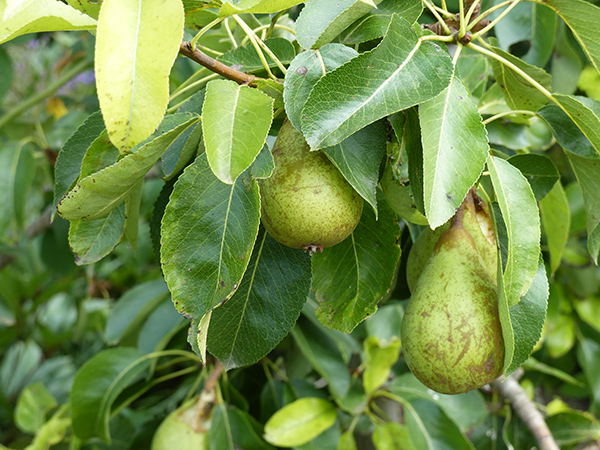
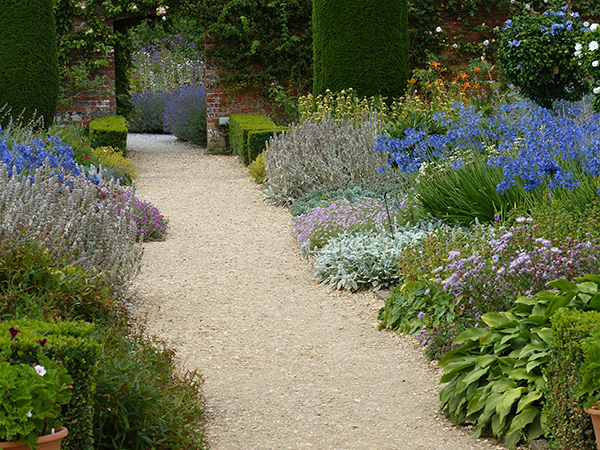
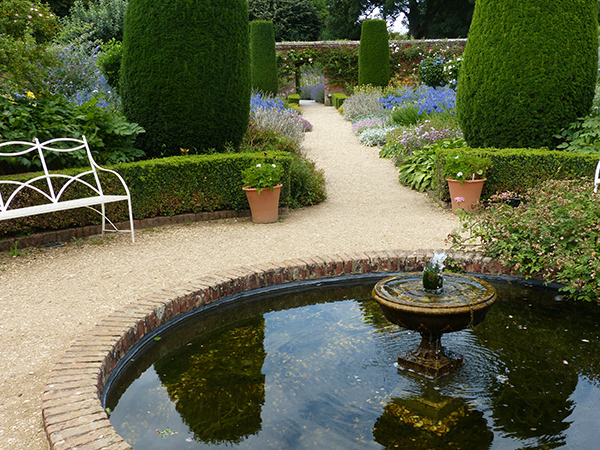

This was my second visit to Mottisfont Abbey; my first visit was nearly 20 years ago and in March. In March, there isn't much to see at Mottisfont, and the gardens were not in bloom. This National Trust property is best visited in the summer months.
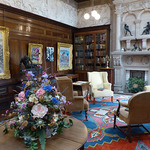

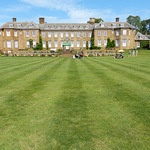
Leave a comment